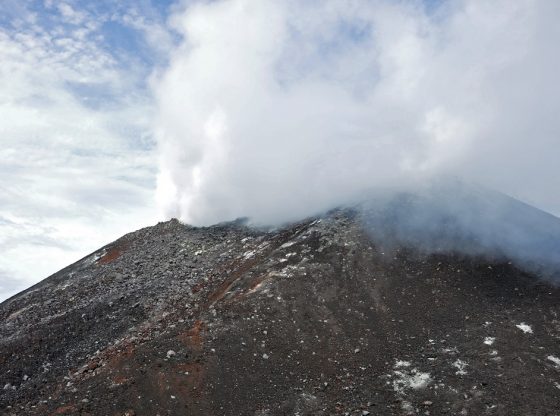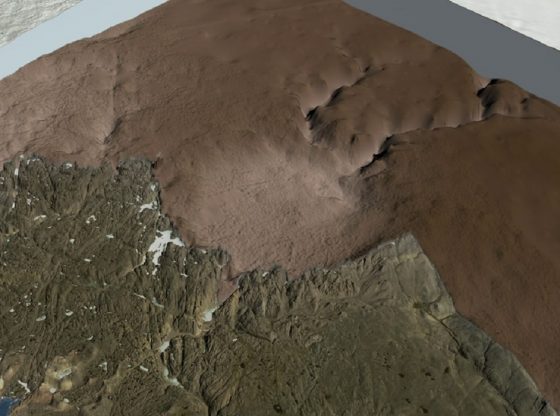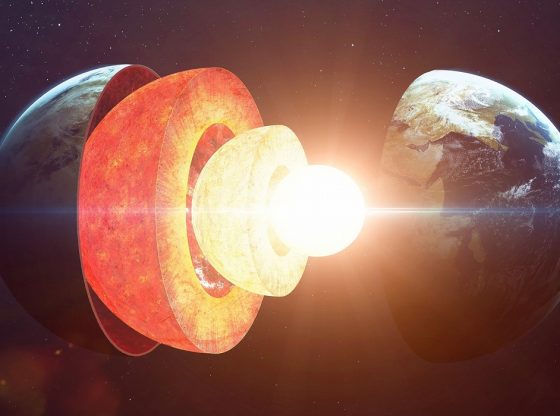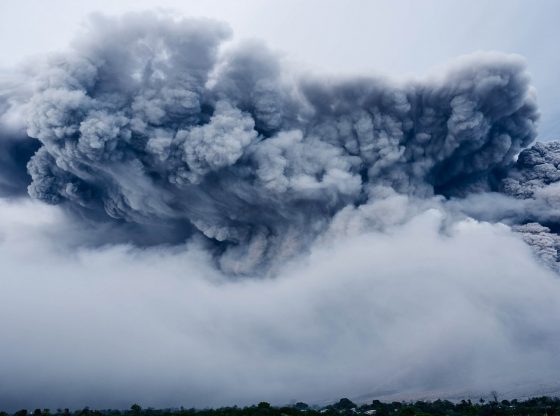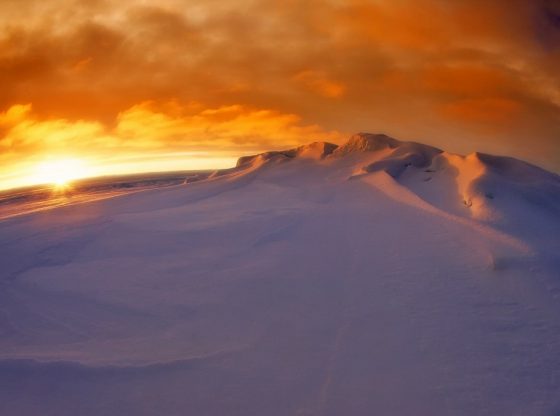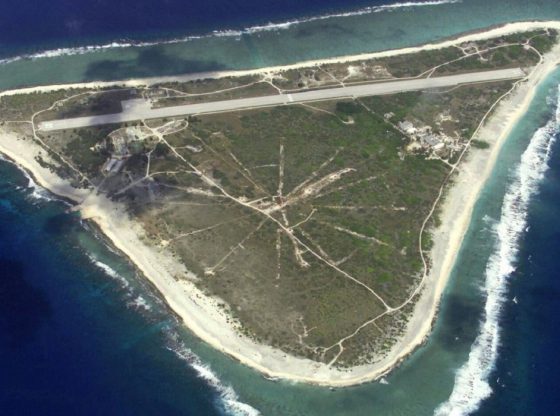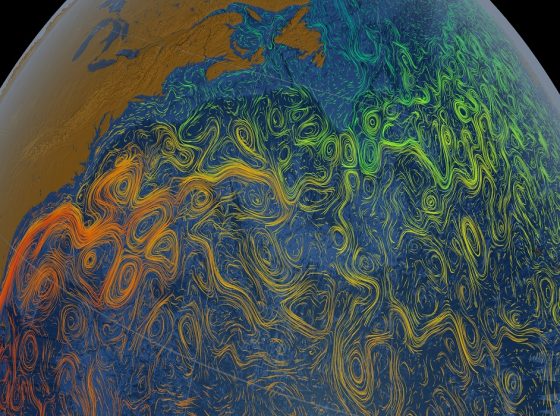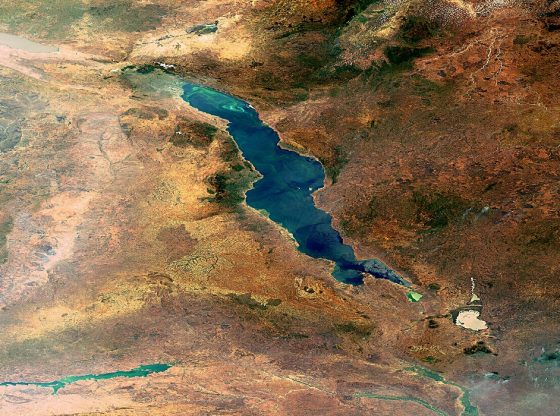In the heart of Iceland, beneath the serene landscapes of Grindavik, a geological giant is stirring. The potential for a volcanic eruption in this region has caught the attention of scientists and the public alike, raising questions about the potential consequences and global implications of such an event.
The Geological Dynamics of Grindavik:
Grindavik is situated within the active volcanic zone of the Mid-Atlantic Ridge, a tectonic boundary where the North American and Eurasian plates diverge. This geological hotspot is renowned for its seismic activity and has given rise to some of Iceland’s most awe-inspiring volcanic landscapes. The last significant eruption in the area occurred in the 13th century, making the region long overdue for a geological awakening.
Signs of Activity:
Recent seismic activity and changes in ground deformation around Grindavik have prompted scientists to closely monitor the region. These precursory signs are indicative of magma movement beneath the Earth’s surface, heightening the possibility of an impending eruption. As researchers deploy cutting-edge technology to analyze these signals, the question on everyone’s mind is not just “if” but “when” Grindavik will awaken.
Potential Local Impact:
In the immediate vicinity of Grindavik, a volcanic eruption could have significant local consequences. Lava flows, ash clouds, and airborne particles pose threats to nearby communities and infrastructure. Evacuation plans and communication strategies are critical aspects of preparation for both residents and authorities.
Global Implications:
While the immediate impact of a Grindavik eruption would be felt locally, the global repercussions cannot be ignored. Volcanic eruptions can influence climate patterns and air travel on a broader scale. Ash clouds, rich in tiny particles, can disrupt air traffic by damaging aircraft engines and affecting visibility. The eruption of Eyjafjallajökull in 2010, though smaller in scale, caused widespread disruptions to European air travel.
Climate Effects:
The release of large amounts of volcanic gases, such as sulfur dioxide, can also have a cooling effect on the Earth’s climate. These particles reflect sunlight, leading to a temporary reduction in global temperatures. While this cooling effect is typically short-lived, it can impact regional weather patterns and influence the overall climate system.
Scientific Opportunity:
Paradoxically, a volcanic eruption offers scientists a unique opportunity to study Earth’s geological processes. Researchers will closely monitor the composition of gases emitted during an eruption, study lava flows, and analyze the impact on the surrounding ecosystem. Insights gained from such events contribute to our understanding of the planet’s dynamic and interconnected systems.
Preparedness and Collaboration:
As Grindavik keeps geologists on high alert, the importance of preparedness and international collaboration cannot be overstated. Iceland’s experience with volcanic activity has led to a robust infrastructure for monitoring and responding to eruptions. Global cooperation ensures that resources, expertise, and technology are shared to mitigate the impact of natural events that transcend borders.
In the face of nature’s power, Grindavik serves as a reminder of the Earth’s dynamic nature and the need for ongoing scientific vigilance. As we monitor this geological giant, we recognize the importance of understanding, respecting, and learning from the forces that shape our planet. The potential eruption of Grindavik is not just a local event; it is a global phenomenon that underscores the interconnectedness of our world.

